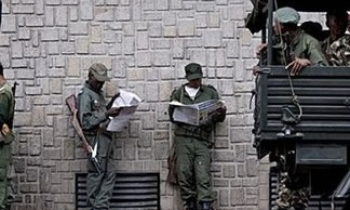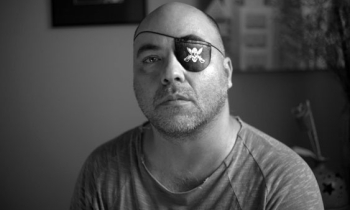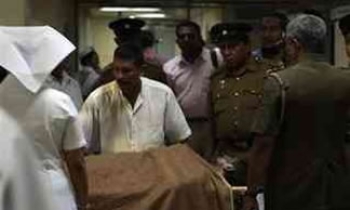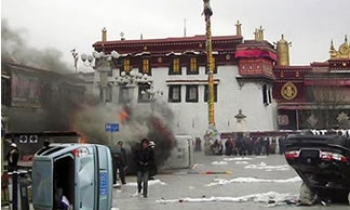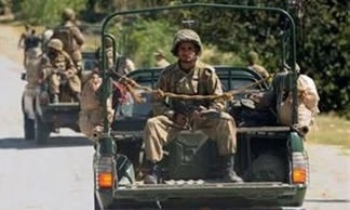SAN JOSE, Calif. - The journalists who survived Hurricane Katrina and managed to keep publishing from the disaster zone have a new appreciation for their readers as well as the media's crucial role in debunking rumors, several editors said Wednesday.
Many reporters lost their homes in the huge storm and have been separated from their families, but are sustained by how appreciative readers are to see their hometown papers published each day, said Peter Kovacs, managing editor of the New Orleans Times-Picayune.
"Katrina had kicked our collective butts but somehow the paper had been printed," said Stan Tiner, executive editor and vice president of the Biloxi (Miss.) Sun-Herald, who shared a panel Wednesday on Katrina coverage at the Associated Press Managing Editors annual meeting.
At first, both papers relied on the Internet to get the news out. Later, they printed thousands of copies from remote locations and gave them away free to evacuees and rescue workers, who were extremely grateful to see the hometown papers, they said.
"The newspaper was tangible evidence that local institutions were working and had not been defeated," Tiner said.
Biloxi lost more than 70 percent of its homes and businesses in the storm. In New Orleans, 80 percent of the readers had been evacuated. Both papers managed to report the devastation without electricity or working phones, and have kept at it despite their staff's personal losses.
"We had to invent new ways of communicating with our readers, and of having our readers communicate with us," said Kovacs.
The Times-Picayune was the first to report on the levee breaches that eventually flooded the city and destroyed 200,000 homes because so many of its own staffers were out seeing the disaster unfold in their own neighborhoods, Kovacs said.
It was a different scene inside the Superdome, where dark rumors spread among the thousands of people taking shelter there in part because there was so little communication about their fate and the extent of the damage outside, said another panelist, Associated Press Staff Writer Mary Foster, who provided eyewitness accounts from that scene after Katrina hit.
"I saw almost no violence at all. I saw some incredible acts of humanity. And I saw terrible conditions," Foster said. "The situation deteriorated so fast, became so bad and then lasted for so long that the mind boggled about what you saw there."
"Rumors just flew around the Superdome - rapes, dead babies being thrown off the balconies, ... I never saw anything, any violence, and it turned out there was none. The people were just frightened," Foster said.
Bryan Monroe, assistant vice president for news at Knight Ridder Inc., flew in to help the Sun-Herald staff cope with the disaster and found himself debunking another rumor, that 30 people had been killed in one building alone. That story simply didn't happen, he said.
And Kovacs said he was proudest of a Times-Picayune story several weeks later that "debunked the myth that New Orleans' people had committed acts of savagery against children."
"I think the people of New Orleans got a bum rap," Kovacs said. "None of that stuff happened ... when communication is poor, rumors become fact and people believe what they hear."


